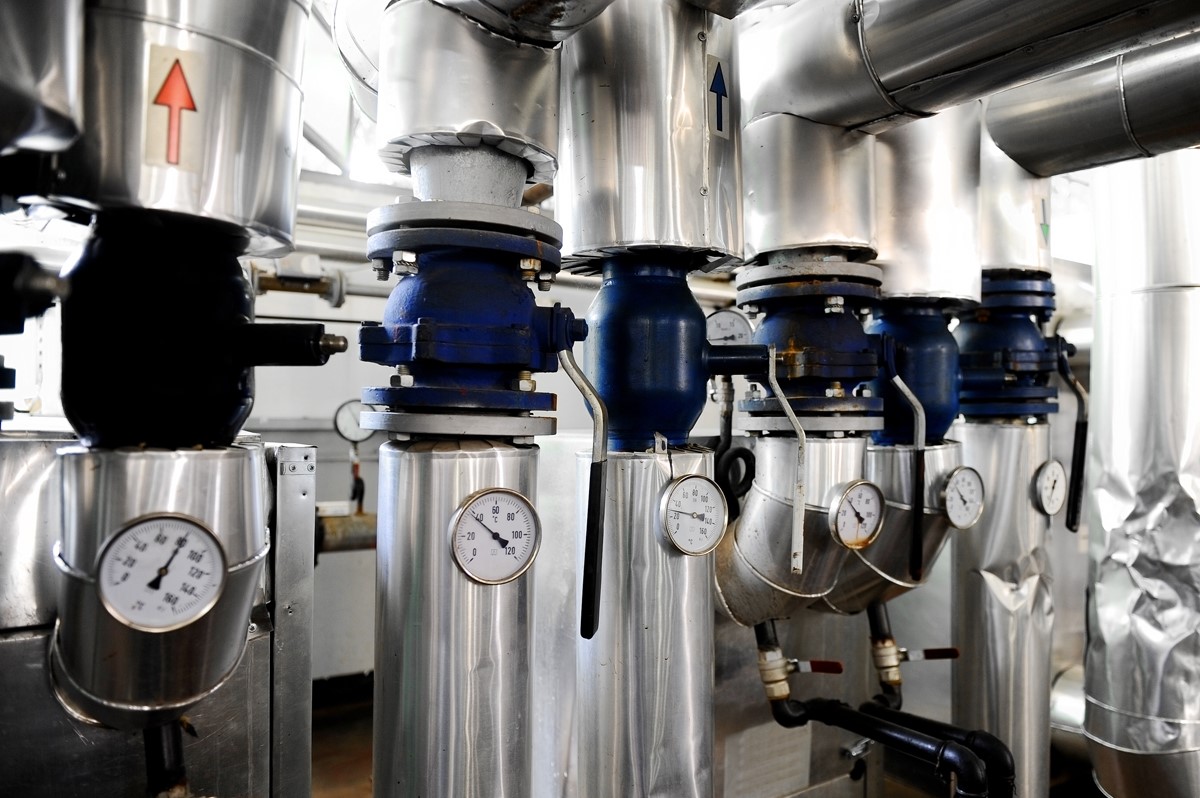If you’ve been in business a while, you might have heard the phrase “boiler and machinery insurance.” However, today’s policies do much more than cover boilers and machinery, hence the name change. Read on to learn more about this valuable coverage.
Insurers introduced boiler and machinery coverage in the mid-1800s to cover valuable steam-powered machinery from explosion or breakdown. These policies also covered the equipment’s owner from liability for property damage or bodily injury resulting from explosion—which unfortunately occurred too often.
Today, few businesses use steam-powered machinery for business operations, but some still use steam-powered equipment for generating heat or power. Many states require these boilers to be inspected annually. If your boilers fall into this category, you may find equipment breakdown coverage a bargain, as coverage includes an inspection by the insurer along with protection from loss due to property damage or bodily injury. If you are relying on a governmental inspection, you may end up paying more and not have the insurance protection.
To prevent business shutdowns or slowdowns, an organization might want to cover other kinds of valuable equipment from mechanical breakdown. Today’s equipment breakdown insurance can cover these types of equipment, besides boilers:
1 Equipment designed to operate under internal pressure or vacuum
2 Equipment designed to generate, transmit or use energy
3 Communications equipment and computers
4 Equipment owned by a utility and used to provide service to an insured’s location.
Don’t think you need this coverage? Consider the following examples of claims from The Travelers, an insurer that writes boiler and machinery insurance and equipment breakdown insurance:
1 A printer’s press, which was out of warranty, jammed during a critical time-sensitive print run. The jam caused severe damage, and the printer did not know if repairs would be able to return the unit to full capacity. The insurer’s claims department located a suitable used printing press and authorized a full replacement-cost benefit payment. The quick action saved at least $150,000 in potential lost business.
2 An office building’s air conditioning unit failed and became totally inoperable during a heat wave. Within two days, the insurer’s claims department helped the building’s owner find and rent a unit to temporarily replace the lost 230-ton air conditioner and minimize lost income. The policy paid approximately $147,000 for the replacement unit, along with the $20,000 monthly rental and $10,000 delivery and installation cost for the temporary unit.
3 The owner of a shopping plaza received claims payments for the replacement of electrical cables after an electrical breakdown damaged the building’s air conditioners and threatened the tenants’ operations. The policy also paid for rental generators to keep the shopping plaza open, averting additional business income losses.
Insurers typically write equipment breakdown coverage under a stand-alone policy; however, some will include the coverage under highly protected risks (HPR) policies or in business package policies.
Typically, equipment breakdown insurance includes the following coverage:
1 Damage to “covered property” at the location named in the policy
2 Expediting expenses, to cover the costs needed to get insured equipment operational as fast as possible, such as expedited shipping and temporary repairs.
3 Business income and extra expense. Similar to coverage you should have under your property or business owners policy, many equipment breakdown policies will cover income lost due to the slowdown or stoppage caused by breakdown of the insured equipment. Extra expense coverage reimburses you for extra charges you incur to keep your business running while the equipment is not functioning, such as outsourcing or renting equipment. If your policy only lists extra expense coverage, it does not cover lost business income.
4 Utility interruption, which extends the policy’s business income coverage to losses or spoilage caused by interruption of any utility service to the insured’s premises, rather than just losses or spoilage caused by a breakdown of equipment at the insured premises.
5 Newly acquired premises, or premises unnamed in the policy, for the number of days shown in the policy’s declaration page. The coverage only applies if equipment at the new location is of the same type covered by the policy.
6 Errors and omissions, which covers the insured for unintentional errors or omissions in describing or naming the insured property or location, and errors that cause cancellation of a covered premises.
7 Contingent business income and extra expense, which apply business income and extra expense coverage to breakdowns of equipment at a named “contingent location” not owned or operated by the insured.
It can also include coverage to meet special needs, such as spoilage coverage, “brand and label” coverage, hazardous substance cleanup, and more.
Equipment breakdown policies are designed to cover your equipment from mechanical failure only, so they typically exclude damage from earth movement, flood, nuclear hazard, windstorm or hail. They also exclude “causes of loss” typically covered by other property policies, such as aircraft, vehicles, freezing, lightning and vandalism. Many other exclusions apply; however, you can modify many of these by adding an endorsement to your policy.
Equipment breakdown coverage is highly specialized and should be handled by an experienced broker. For information on equipment breakdown coverage, please contact us.



